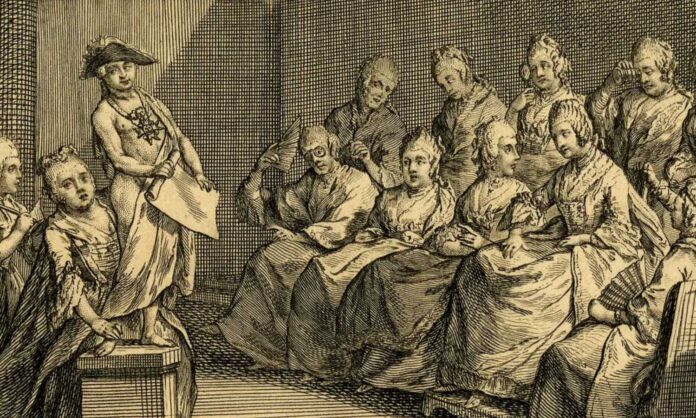For hundreds of years, women prisoners in England could duck the death penalty by claiming they were pregnant, a technique known as “pleading the belly.” Women were generally granted a stay of execution until the birth, and often received some kind of clemency after the child was born.
But before modern medicine, how could a court know when a woman was lying? Enter the Jury of Matrons, a group of women convened to determine whether or not a prisoner on the dock was actually pregnant. In addition to determining pregnancy, these women evaluated inheritance claims, examined women for marks of witchcraft, and decided whether women accused of infanticide had given birth. Though not all were midwives, their word carried the weight of expert medical testimony.
Eventually, the use of Juries of Matrons went out of fashion, due to medical advancements and male concerns that the women were too soft on female prisoners. Stethoscopes replaced touch examinations and men became the considered experts on the female body.
What other kinds of judgments might a group of matrons be called to make? What other social expertise might be called upon in a court of law? What happens next?












